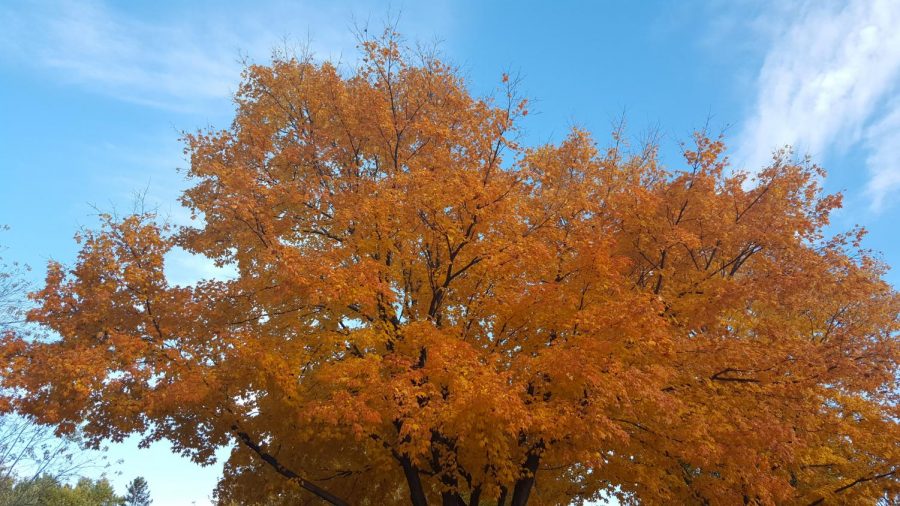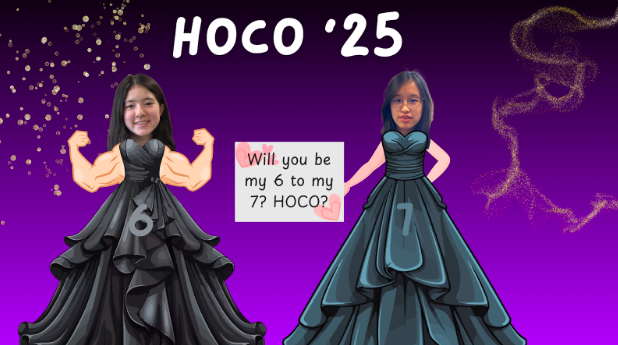November weather: a transitional month for Chicago
October 31, 2018
Over the past two weeks or so we’ve gone back to the seasonal averages in terms of temperatures. For this time of the year, our high temperatures of the day should sit in the mid 50s. This doesn’t mean that temperatures will always be 55 degrees, but it generally tells us that temperatures are likely to be within about 10 degrees of that temperature.
Take, for example, Oct. 20. On this date, Chicago received its first snow of the 2018-19 winter season. The average high temperature for that date is 59 degrees. The actual high temperature for that date was 50 degrees at 12:01 AM! Technically this goes down for the high temperature of the day as temperatures were falling overnight due to a strong cold front pushing through.
By the time the afternoon came around, we were already into the low 40s and pushing 30s. Temperatures such as these can actually support snow. Since the cold front coming through was associated with a strong weather system, gusty winds were also an issue. The snow combined with gusty winds to 60 mph at times caused blizzard conditions to occur, recognized by the National Weather Service (NWS) in Chicago. This snow was about 10 days early, with our average first snowfall on Oct. 30.
Now you may be wondering, how could it snow if it’s 40 degrees? If snow is frozen and forms in air that is equal to or less than 32 degrees, it’s simply not possible, right? The answer to that question is no.
All precipitation starts out and is formed in a cloud.There is only one rule with precipitation and that rule concerns snow. This rule is that once the precipitation leaves the cloud, it cannot refreeze back into a snowflake because that is physically impossible. It can freeze into sleet or graupel (a pellet similar to snow), but not snow because of its unique shape.
Let’s start first by talking about the atmosphere as a whole. Right now, we only know what the temperature is on the surface, or where we live. There are different layers that exist above us, such as the 900 millibar (mb) layer, the 850 mb layer, etc. These are just other words for height in the atmosphere, based on the general pressure at that level. The surface is the 1000 mb level, which is generally what our pressure is on average at any given time.
The layers in the atmosphere are often different temperatures. These temperatures are determined by the weather systems that interact with the area. For it to snow above 32 degrees, you generally need an expansive area above the surface that is near or below 32 degrees. On Oct. 20, this area was realized above the 850 mb layer.
The other thing that is helpful for maintaining flakes to the surface is dry air. Dry air can be quickly cooled by the falling snow, making it much easier for them to reach the ground. Again, a relatively dry layer existed between the Surface and 850 mb layer on this date. These two things coming together were favorable for snow to hit the Surface layer, while the temperature was still near 40 degrees. No accumulation was realized due to the fact the ground temperature was very warm.
Now that we are in November, there are a couple of quick changes we should expect. First, don’t forget that daylight savings time ends on Nov. 4, so make sure to set your clocks an hour back. The official sunset on Sunday, Nov. 4 is 4:41 PM. Second, the high temperature of the day a few months ago was near 4 PM. Now the high temperature of the day will typically be realized at about 2 PM, especially as we creep further towards winter. Third, we’ve officially seen our first snow of the season and this would be the month we see more. Stay tuned because November, especially the latter portion of the month, is often a busy month for snowstorms in the Midwest and Great Lakes regions. Last year we had our first snowfall of an inch or greater on Nov. 10, so don’t let your guard down!
Finally, let’s talk about the forecast for the next few weeks. To start November, it looks pretty chilly. Currently the forecast is for highs to be in the middle to upper 40s generally from Nov. 1 – 8. These temperatures are considered below normal compared to our average high temperature of near 53 degrees in that period. There will be periods of rain during this period, but most rain chances seem to hold off until about the 7th or the 8th. For the period of Nov. 9 – 14, It looks like a rainy period with continued below normal temperatures in the lower 40s. You probably can’t rule out a day of snow showers near the 14th as the pattern starts to shift to a colder one. Beyond Nov. 14, the pattern is favorable of temperatures in the low 40s. Periodic blasts of cold air with rain and snow are possible, which starts to get us revved up for the winter season.


